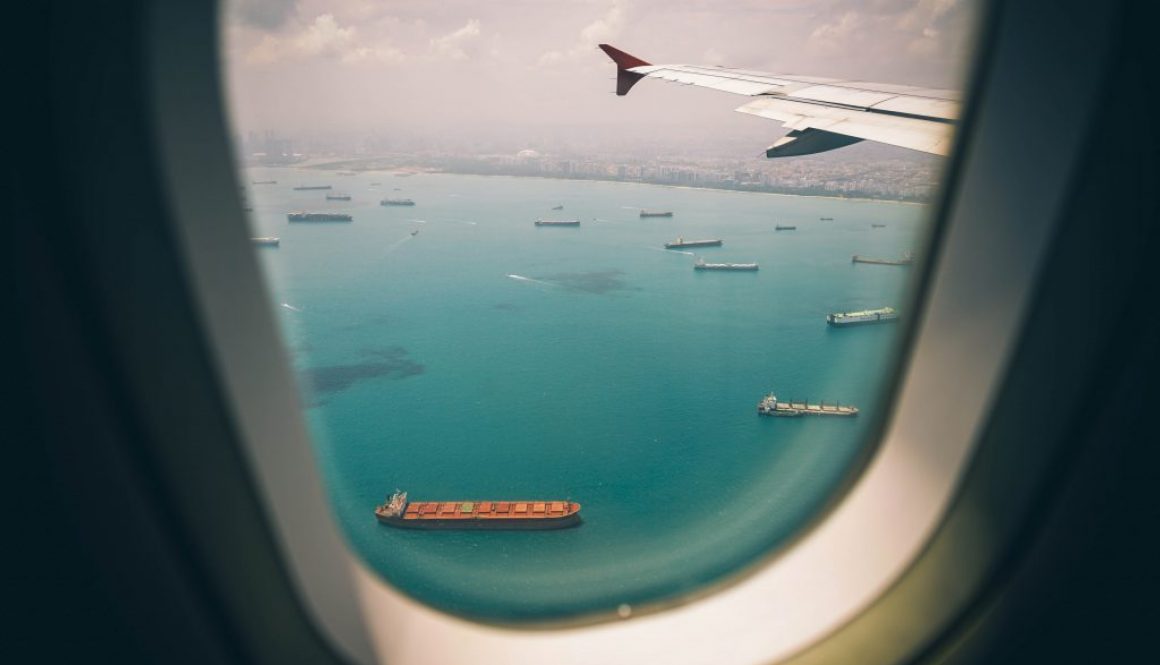More of the same for 2018
January 22 2018 | The Journal of Commerce
by Gary Ferrulli
Looking at what I forecast in my January 2017 column, I’d say I didn’t do too bad in reading the tea leaves. My vision was for volumes to grow at a modest pace, and rates to increase slightly, mostly because of Hanjin’s departure from the industry. Better-than-expected global trade growth and a relatively aggressive pricing stance early in the year led to most carriers showing an enhanced bottom line and profitability, something that hadn’t occurred in the previous six years. However, the market continues to dictate rates, with carriers reluctant to manage capacity through idling vessels or turning them back to their non-operating owners, relying on shortterm sailing cancellations instead. So, what can we expect this year? Significant new capacity will come into service in the first half of 2018, and experience tells us that this usually keeps pressure on rates. With the very top-heavy ocean carrier industry that has emerged, four or five carriers will have the potential strength to stabilize or even raise rates. Again, from experience, new capacity seems to carry the day, or year. We’ve watched carriers bring on new capacity for years, much of it the 18,000-TEU and larger vessels. They simply replace the 10,000- to 14,000-TEU ships one for one, then cascade those down into trades where 6,000- to 10,000-TEU ships are used — one for one. The results are those to be expected — rate volatility and poor bottom line results. Will that trend continue? It appears so, as the three alliances position themselves to sustain or enhance their market positions. The early Chinese New Year has caused spot market rates to rise as volumes strengthen during what is normally a lull in the market after Christmas. The lull will hit after plants in Asia close as the New Year holidays occur. Somewhere in all of that comes the traditional trans-Pacific contract negotiating season; it remains to be seen how that turns out. I believe there will be increases to contract rate levels, but not large ones. The capacity management issue creates a scenario that will greatly influence the negotiations as BCOs will be aware of the volatility of the spot market that will occur, and they don’t want to face spot market rates below, or well below, their contract rate levels. But I do expect some increase to the contract rates; it then becomes a matter of what carriers do to the spot market rates. Will BCOs press more for “services”? We hear a lot about the need for guaranteed space, especially in specific times of the year. Are they going to press carriers for that? There are third parties now selling that facility to BCOs, a noble effort to assist some who need it, but why can’t they do it themselves? Eleven years ago, I negotiated into contracts guaranteed space at specific times of the year for a then major retailer, with two-way liquidated damages for non-compliance. It was an anomaly then, and I believe it still is. Contracts for the most part continue to be rate sheets with a lot of legalese included. It worked for us; we got the space we needed when and where we needed it. If that is a main concern for BCOs or other shippers, why don’t they negotiate it into the contract. Looking at the third-party offering, carriers are likely to be willing to accept a similar offering from shippers. Again, what are contracts really for? Besides the usual rate issues, what else will we see in 2018 affecting both shippers and carriers? Technology enhancement is as hot of an item as I have seen pursued in many years. While acknowledging that the ocean carrier industry is lagging most of the rest of the business world in technology, what very specific things are needed to resolve the issues being raised? Visibility is one hot topic — where is my cargo? Visibility is an age-old problem; after the containers leave the ocean carriers’ facilities, they literally seem to reside in a black hole. Yes, we know that the container was interchanged to a trucker or railroad on a certain day, but then what? We do have access to estimates of time of arrival, but no real verification of where the container is. Visibility of the supply chain is a far different animal than “where is my container?” Solving that one issue (not easily done) may be a step in the right direction, but let no one be fooled into thinking it solves supply chain visibility. Several other key issues will again be faced in 2018, and not resolved. Why can’t I get a confirmation of a booking when I make the booking? If you book cargo, will you make sure it shows up? Why are there so many variations of chassis supply? Will there really be labor peace — and at what price? What about terminal automation and productivity improvements, getting the US at the same relative productivity levels as the rest of the modern world? Will there be Infrastructure improvements at ports and elsewhere? Will there be enough drivers to move a growing freight market? Let’s see how well we do at reading the tea leaves.
